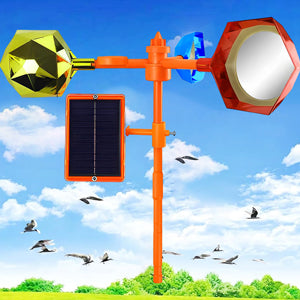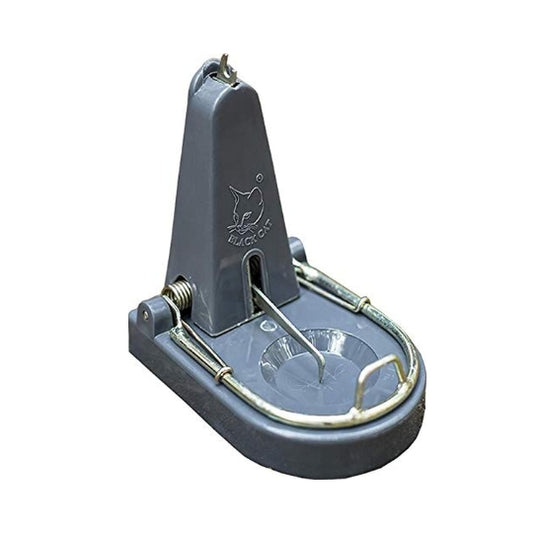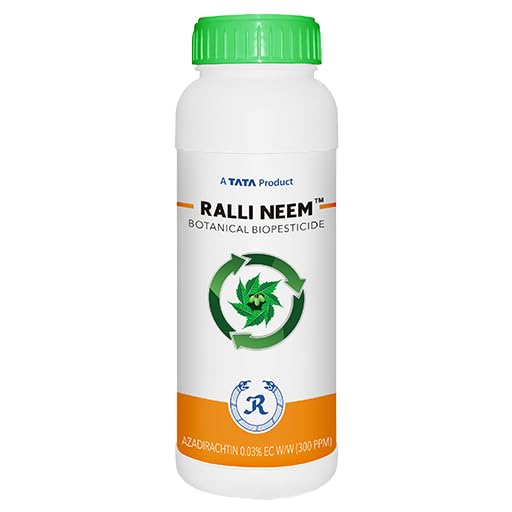Is deep ploughing necessary?
Share
Deep ploughing is a farming technique that involves turning the soil to a depth of at least 12 inches or more. This method is often used by Indian farmers to address various soil-related issues and enhance their crop yields. Let's explore the advantages and disadvantages of deep ploughing in a way that's easy to understand for common Indian farmers.
Benefits:
-
Improved Soil Drainage and Aeration: Deep ploughing helps to break up compacted soil layers, allowing water to penetrate more effectively and ensuring that plant roots receive sufficient oxygen. This is especially beneficial during the monsoon season when excess water can lead to waterlogging.
-
Weed Control: By burying weeds deeper into the soil, deep ploughing can help control weed growth. This reduces competition for nutrients and sunlight, giving crops a better chance to thrive.
-
Enhanced Soil Fertility: Deep ploughing facilitates the incorporation of organic matter, like crop residues and manure, into the soil. This organic material enriches the soil's nutrient content and boosts its fertility, leading to healthier crops.
Drawbacks:
-
Cost and Time Intensive: Deep ploughing requires specialized equipment and can take more time compared to shallow ploughing. This can be a challenge for farmers with limited resources or tight schedules.
-
Soil Structure Damage: Excessive deep ploughing can harm the natural structure of the soil, making it more vulnerable to erosion by wind and water. This erosion can wash away valuable topsoil and negatively impact crop health.
-
Carbon Dioxide Emission: The process of deep ploughing can release carbon dioxide into the atmosphere. Since carbon dioxide contributes to climate change, this is an environmental concern associated with the practice.
Factors to Consider:
-
Soil Type: The effectiveness of deep ploughing varies based on the type of soil. It's more beneficial for sandy and loamy soils compared to clay soils.
-
Land Slope: Avoid deep ploughing on slopes to prevent soil erosion, as loosened soil is more likely to be carried away by water runoff.
-
Crop Types: Not all crops require deep ploughing. Crops with shallow roots, like potatoes, can be harmed by this practice.
-
Timing: The best time for deep ploughing is during the fall or winter when the soil is moist and cool. This minimizes damage to the soil's structure.
Tips for Effective Deep Ploughing:
-
Choose the Right Plough: Select a plough suited for your soil type. A plough with deep-tined blades works best.
-
Follow the Land's Natural Slope: Plough in the direction of the slope to prevent erosion.
-
Avoid Wet Soil: Don't plough wet soil, as this can lead to soil compaction.
-
Crop Rotation: Rotate your crops to maintain soil health and reduce the need for frequent deep ploughing.
In summary, deep ploughing can be a valuable technique for Indian farmers to improve soil quality and crop yields. However, it's important to balance its benefits against its potential drawbacks and consider factors like soil type, slope, and crop requirements before deciding to implement deep ploughing practices.










